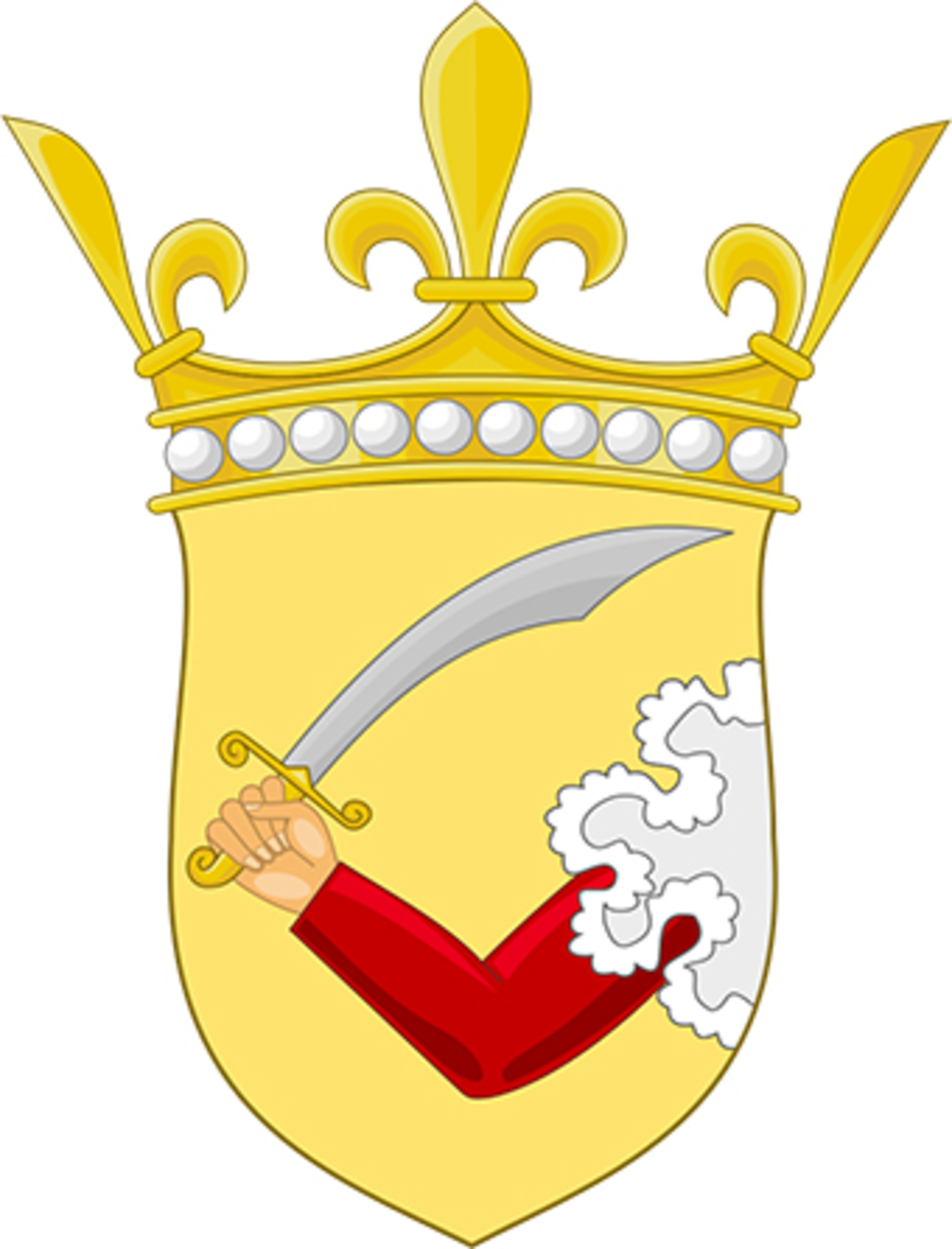Condominium of Bosnia and Herzegovina
Bosnia and Herzegovina was formed at the Congress of Berlin in 1878, when the territories of the Bosnian and Hezegovinian pashaluks (eyalets) were placed under the Austro-Hungarian administration, even though they would formally remain a part of the Ottoman Empire.

Coat of arms

Shirt
| Position | First name | Last name | Mjesto rođenja | Like | Dislike | |
|---|---|---|---|---|---|---|
| GK | Asmir | BEGOVIĆ | Trebinje |
21 |
11 |
|
| GK | Cican | STANKOVIĆ | Bijeljina |
2 |
0 |
|
| DC | Dejan | LOVREN | Zenica |
46 |
4 |
|
| DC | Emir | DILAVER | Tomislavgrad |
1 |
1 |
|
| DC | Emir | BIČAKČIĆ | Zvornik |
2 |
4 |
|
| DC | Neven | SUBOTIĆ | Banja Luka |
6 |
3 |
|
| DC | Toni | ŠUNJIĆ | Mostar |
2 |
0 |
|
| DC | Vedran | ĆORLUKA | Derventa |
40 |
5 |
|
| DRC | Ognjen | VRANJEŠ | Banja Luka |
2 |
0 |
|
| DLC/DMC | Ervin | ZUKANOVIĆ | Sarajevo |
2 |
3 |
|
| DL | Marin | LEOVAC | Jajce |
1 |
0 |
|
| DL/MLC | Mihajlo | RISTIĆ | Bijeljina |
1 |
0 |
|
| DL/MLC | Milan | RODIĆ | Drvar |
1 |
0 |
|
| DMC | Gojko | CIMIROT | Trebinje |
2 |
0 |
|
| DMC | Haris | MEDUNJANIN | Sarajevo |
2 |
0 |
|
| DMC | Ivan | ŠUNJIĆ | Zenica |
1 |
0 |
|
| DMC | Mato | JAJALO | Jajce |
1 |
1 |
|
| MC | Amer | GOJAK | Sarajevo |
2 |
0 |
|
| MC | Miralem | PJANIĆ | Tuzla |
41 |
3 |
|
| MC | Rade | KRUNIĆ | Foča |
2 |
0 |
|
| ML/DL | Senad | LULIĆ | Mostar |
8 |
6 |
|
| AMC/SS | Josip | ILIČIĆ | Prijedor |
11 |
6 |
|
| AMRLC | Marko | MARIN | Bosanska Gradiška |
1 |
2 |
|
| AMRLC | Tino Sven | SUŠIĆ | Sarajevo |
2 |
1 |
|
| MRL | Edin | VIŠĆA | Olovo |
2 |
3 |
|
| FRLC | Luka | JOVIĆ | Bijeljina |
25 |
4 |
|
| FC | Ante | BUDIMIR | Zenica |
3 |
0 |
|
| FC | Armin | HODŽIĆ | Sarajevo |
1 |
1 |
|
| FC | Edin | DŽEKO | Sarajevo |
35 |
5 |
|
| FC | Nikica | JELAVIĆ | Čapljina |
4 |
1 |
|
| FC | Riad | BAJIĆ | Sarajevo |
2 |
1 |
|
| FC | Vedad | IBIŠEVIĆ | Vlasenica |
2 |
0 |
The Ottoman authorities were not overly opposed to the idea that these territories be placed under Austro-Hungarian administration, due to the inability to control the Bosnian and Herzegovinian pashaluks. As such it had the status of a condominium. A unique name was given to this new political creation, thought up and formalized by European diplomats at the Congress of Berlin in 1878 – Bosnia and Herzegovina. The term „Bosnia and Herzegovina“ was never used before as the name of a country. While the term Bosnia was used as the name of a banate (banovina) and a kingdom before the Ottoman conquests, the term Herzegovina stabilized as a regional term during the Ottoman administration. The term came from the traditional lands of a self-proclaimed duke (herceg) from the 15th century, whose territory was similar in comparison. Immediately after, in the context of rising nationalism in the second half of 19th century Europe, Croatian and Serbian national ideologists intensify activities whose aim was to prove historic rights to its medieval territories, but there were also attempts to construct certain national identities among the local population. Each side would, for political reasons, emphasize their “historical truth”, mostly based on various myths and familial connections of medieval aristocracy.
Since there was only religious, rather than national, identification in the centuries under the Ottoman system, Muslims would be disinterested toward this question until the first half of the 20th century, opting to identify as either Serbian or Croatian. On the other hand, the most important criterion for determining Croatian or Serbian national identity in Bosnia and Herzegovina (as well as Dalmatia, Slavonia and southern Hungary) would be Catholic or Orthodox religious affiliation, since the usage of different variations of the same language made religion the most obvious point of difference from the Other. Thanks to this, religion and nation would, like nowhere else in Europe, become two practically inseparable concepts (Croats – Catholics, Serbs – Orthodox).
Sources
- Mladen ANČIĆ, Tko je pogriješio u Bosni : na razdjelnici između povijesti i politike, Zagreb, 1999.
- Mladen ANČIĆ, ''Što je Bosna bez Hercegovine?'', National security and future, 6/2005, br.3-4,
- Snježana KORDIĆ, Jezik i nacionalizam, Zagreb 2010.
- Ivo RENDIĆ MIOČEVIĆ, Zlo velike jetre, Split, 1996.
Grb https://bs.wikipedia.org/wiki/Bosna_i_Hercegovina_u_Austro-Ugarskoj#/media/File:Coat_of_arms_of_Bosnia_and_Herzegovina_(1889%E2%80%931918).svg
